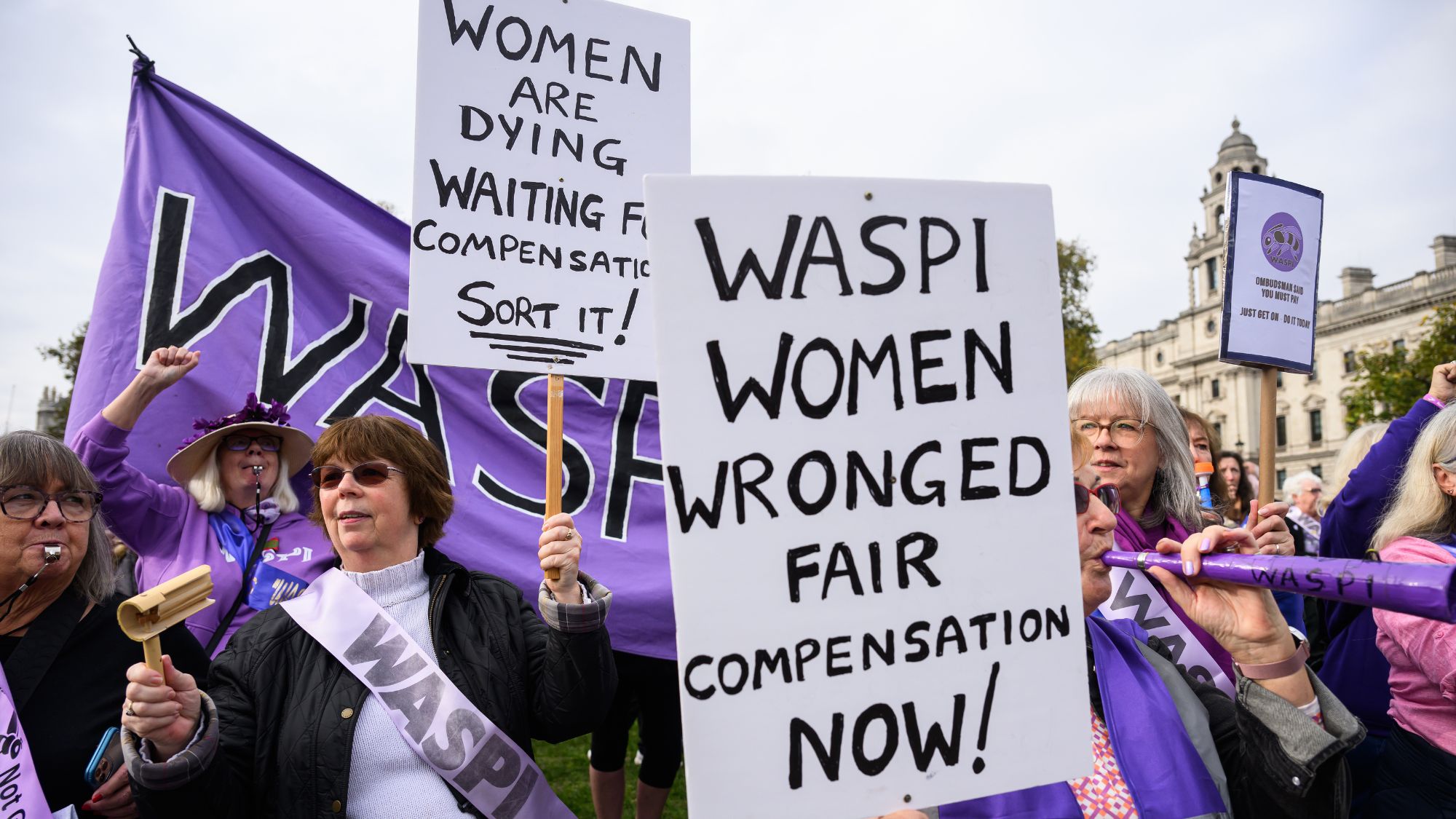The movement known as Women Against State Pension Inequality has become a defining campaign for fairness and justice across the United Kingdom. At its heart are thousands of women born in the 1950s who have been adversely affected by changes to the state pension age. With limited notice, many found themselves facing years of financial struggle, derailing their plans for retirement. The Women Against State Pension Inequality campaign continues to shine a spotlight on this injustice, fighting for rightful compensation and policy change.
Today, in 2025, the Women Against State Pension Inequality campaign remains a symbol of resilience and determination. Campaigners are pushing harder than ever, as new developments emerge regarding possible compensation and government reviews. Understanding the latest news, how to get involved, and where the fight stands is crucial for anyone concerned about pension rights and social justice in Britain.
What is Women Against State Pension Inequality (WASPI)
Women Against State Pension Inequality, often abbreviated as WASPI, is a grassroots organisation dedicated to campaigning for fair transitional arrangements for women affected by the increase in the state pension age. WASPI women are not opposed to pension age equalisation; instead, their fight is against the poor communication and lack of time given to adapt to the changes. The movement has grown from a few concerned individuals into a powerful national voice for pension justice.
The Women Against State Pension Inequality campaign draws attention to the human cost behind policy decisions. Many women had already made life plans, retired, or left the workforce based on the belief they would receive their pension at 60. The abrupt nature of the changes left many without sufficient financial resources, resulting in hardship, poverty, and a deep sense of betrayal by the state.
The Impact of State Pension Age Changes on Women

The decision to raise the state pension age hit women born in the 1950s particularly hard. Unlike younger generations who had decades to prepare, these women were often given just a few years’ notice — if they were notified at all. Many had structured their lives around the expectation of receiving their state pension at 60, only to be told they would have to wait until 65 or 66.
Women Against State Pension Inequality has worked to highlight the emotional, financial, and health impacts of these changes. Some women were forced back into an unwelcoming job market; others lived in severe poverty without income support. The campaign consistently reminds the public that pension policy is not just about numbers — it is about people’s lives and futures.
Latest Women Against State Pension Inequality News in 2025
In 2025, the Women Against State Pension Inequality movement continues to make headlines. Parliament has seen renewed debates on the issue, and the Parliamentary and Health Service Ombudsman has issued fresh reports backing the claim that maladministration took place. Compensation discussions have intensified, with proposals suggesting payments in the region of £2,950 for affected women, though campaigners argue that this figure remains too low.
Women Against State Pension Inequality leaders have also issued warnings about scams targeting vulnerable women. Fake websites claiming to offer fast-tracked compensation have emerged, preying on those desperate for justice. Official WASPI communications stress the importance of using verified resources and waiting for legitimate government announcements.
Understanding WASPI Compensation and Calculations
One of the most pressing concerns for WASPI women is the question of compensation. While there is no final agreement yet, the compensation updates in 2025 have brought cautious optimism. Women Against State Pension Inequality emphasises that any compensation must reflect not only financial losses but also the emotional toll the pension changes caused.
Tools such as the Women Against State Pension Inequality calculator can help estimate potential compensation amounts. However, campaigners warn users to only trust reliable and official tools, as misinformation is widespread. The Women Against State Pension Inequality movement continues to lobby for a fair settlement that recognises the hardship endured by thousands of British women.
Campaigns, Petitions, and How to Get Involved

Over the years, the Women Against State Pension Inequality campaign has used petitions as a key tool to keep pressure on the government. Online petitions, marches, public speeches, and media appearances have helped keep the issue alive in the national conversation. In 2025, campaigners are urging more people than ever to get involved, as political will is finally starting to shift.
Getting involved with Women Against State Pension Inequality is straightforward. Supporters can sign official petitions, join local WASPI groups, attend public demonstrations, or simply spread awareness on social media. By standing together, campaigners believe they can achieve true pension justice and make sure future generations do not suffer similar injustices.
Wider Context: Offences and Complaints Against the State
Although the mishandling of the pension age increase is not legally classified as a crime against the state, it represents a deep administrative failure. Women Against State Pension Inequality often highlights the broader importance of holding public bodies accountable when citizens’ lives are negatively impacted by government policy.
For those seeking justice beyond collective action, it is possible to file complaints against state institutions. Women Against State Pension Inequality offers resources on how to file a complaint effectively, whether with the Parliamentary Ombudsman or other relevant bodies. In a democracy, it is crucial that citizens know how to raise grievances when public systems fail them.
Conclusion
The Women Against State Pension Inequality movement remains a beacon of hope for thousands of women across the United Kingdom. Their fight is not only about money but about fairness, respect, and the fundamental trust between citizens and the state. As the campaign gains momentum in 2025, the hope for meaningful compensation and acknowledgment becomes ever stronger.
Supporting Women Against State Pension Inequality is about more than helping the women directly affected; it is about building a fairer society for everyone. Whether through activism, petitions, or raising public awareness, every action strengthens the cause. Justice for WASPI women is justice for us all.
FAQs
What is Women Against State Pension Inequality?
Women Against State Pension Inequality, or WASPI, is a UK campaign group fighting for fair transitional arrangements for women born in the 1950s affected by sudden state pension age changes.
How much compensation could WASPI women receive?
Current proposals suggest compensation figures around £2,950, but Women Against State Pension Inequality continues to campaign for higher, fairer payouts.
Is the WASPI campaign against equal pension ages?
No, Women Against State Pension Inequality supports the principle of pension age equality but opposes the unfair manner in which changes were implemented.
What is the Women Against State Pension Inequality calculator?
It is an online tool designed to help affected women estimate possible compensation, but it is important to use only official and trusted calculators.
How can I join the Women Against State Pension Inequality campaign?
You can visit the official WASPI website, sign petitions, join local groups, and raise awareness to support the movement.
You may also read: Customer Experience: Tomato Energy Reviews and Trustpilot Ratings
